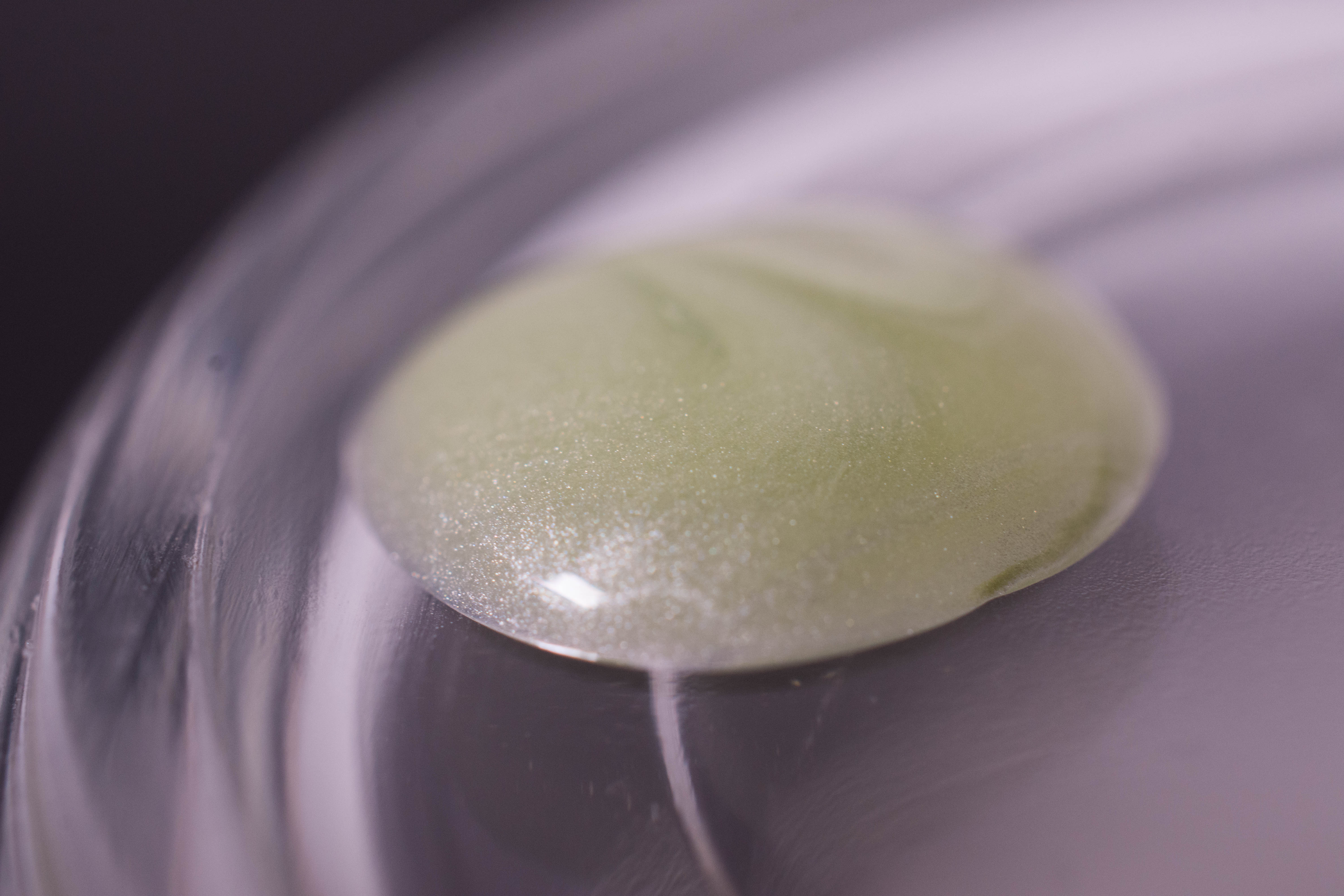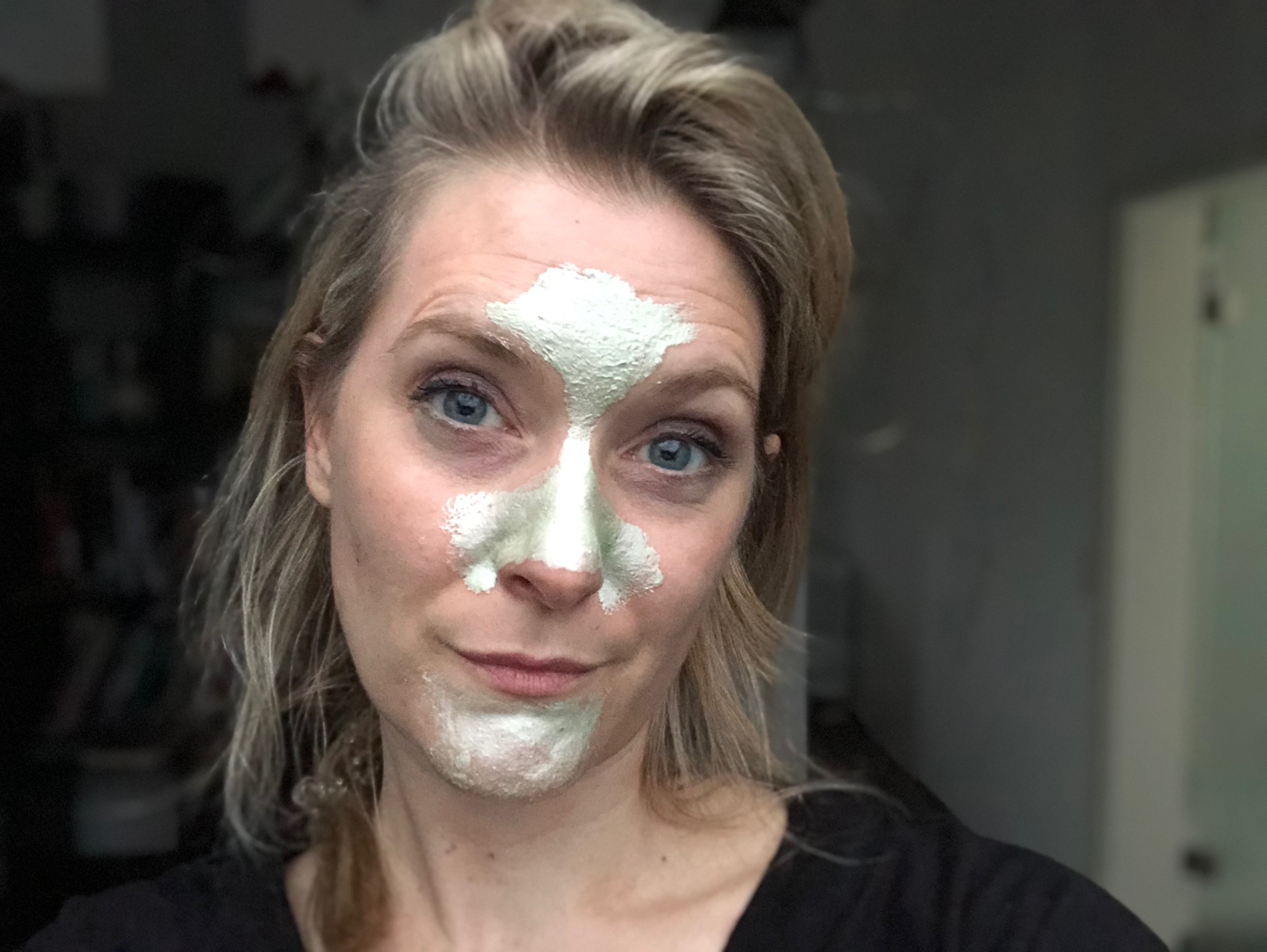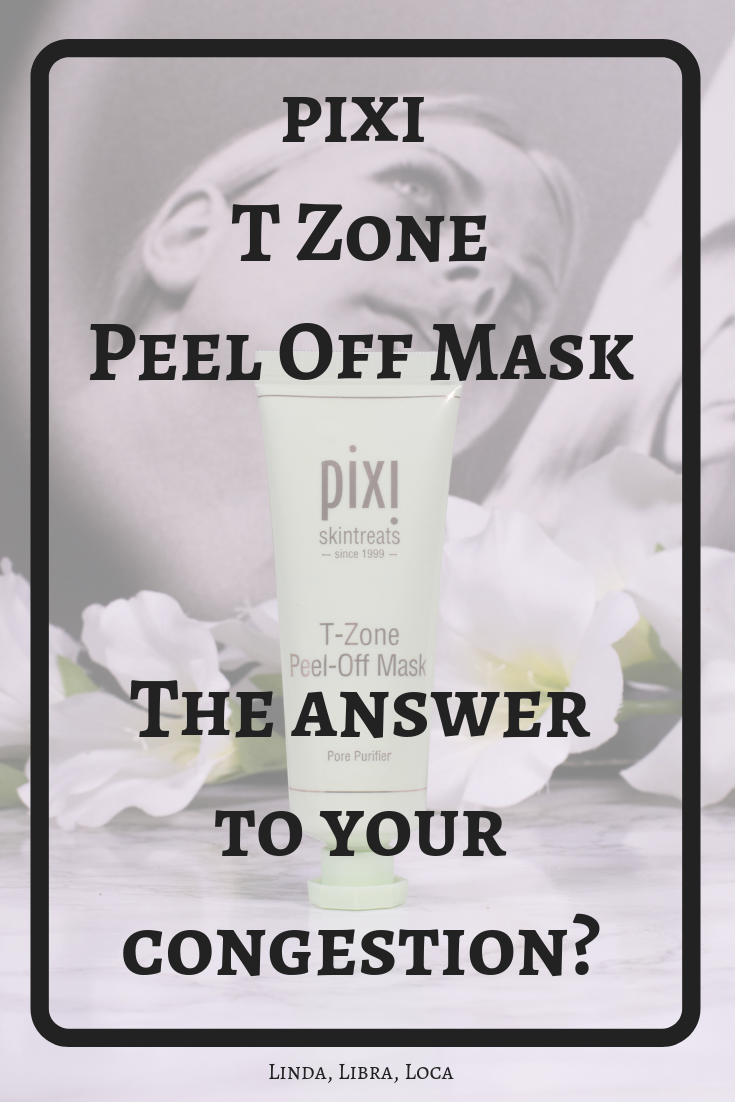Advertisement info: This blog post contains PR-Samples (gifted items) and affiliate links. I received no money to write it. Please read disclaimer.
One of the perks of running a beauty blog is being sent stuff to test. The worst part of running a beauty blog though is being sent stuff to test. Confused much? Hear me out. I will explain using the pixi T Zone Peel Off Mask as example.
I mean, everybody gets the „perks“ part. New skincare arriving at your door step every month, what´s not to love? The thing is though, if you take your blog seriously, you feel obliged to actually test the products. Thoroughly, I might add, so you can provide your readers with an in-depth review.

And that is where my problem starts. When the pixi skintreats T Zone Peel Off Mask arrived at my doorstep, my first impulse was: „But I don´t use that stuff.“ As someone that grew up in the late 80s, I was no stranger to pore strips. And I was no stranger to the raw and irritated feeling they left me with.
Yet there it was, all pretty and pastel green, waiting for a review to be published. „Maybe things have changed“, I thought to myself. „Maybe this one will work better.“
To spoil the pixi beauty T Zone Peel Off Mask Review for you: No. It didn´t. And it pains me to say that, because I love pixi as a brand (as countless other reviews on the blog prove).
So if you want to know exactly why it didn´t work for me (and whether it might work for you), keep on reading.
What the pixi T Zone Peel Off Mask claims
Detoxifying peel-off mask draws out impurities and lifts away oil to reveal immediate results. It contains a unique green super food blend that includes avocado, cucumber, aloe, green tea and bamboo extract to help firm & refine. Great for congested, dull and tired skin.

Some facts about the pixi T Zone Peel Off Mask
Prize and size
One tube (typical pixi green, but slightly iridescent) contains 45 ml and retails for 23,49 € on the website here. You are supposed to apply a thick, even layer to your t-zone around once a week, so you will probably get at least six months of wear out of it.
Texture and scent
I admit, I love the way the pixi T Zone Peel Off Mask looks: pale green iridescent. It makes for beautiful Instagram Stories pictures for sure and feels slightly cooling on the skin. The scent is hard to describe. It smells of something, but very subtle.
How to use the pixi T Zone Peel Off Mask
On the website you are advised to apply a thick, even layer to dry skin, wait for it to completely dry and then gently peel it off. You are also advised to avoid hairy areas of your face as well as sunburned, broken or otherwise irritated skin.
The thinner you spread it out, the more difficult it gets to peel the mask of, so use a little more than you think you will need. But even then it is not the easiest mask to remove, and whenever I tried it I was left with a few bits that needed to be rinsed off. Which, just FYI, works too if you get the mask stuck in your eyebrows or you haven´t shaved your ´tache in a while.
Ingredients
Favorable ingredients
- Aloe Barbadensis Leaf Water: Antiinflammatory, soothing
- Phyllostachys (Bamboo) Nigra Leaf Extract: Antioxidant, promotes healing, brightening
- Persea Gratissima (Avocado) Fruit Extract: Emollient
- Camelia Sinensis Leaf (Green Tea) Extract: Antioxidant, anti-inflammatory
- Cucumis sativus (Cucumber) Fruit Extract: Rich in Vitamin C, other antioxidants and trace minerals
- Chondrus Crispus Extract: Rich in minerals
- Saccharum Officinarum (Sugar Cane) Extract: Natural source of Glycolic Acid
- Pentylene Glycol: Humectant
- Butylene Glycol: Humectant, penetration enhancer
- Ethylhexyl Hydroxystearate: Emollient
- Caprylyl Glycol: Emollient
Other ingredients
- Polyvinyl Alcohol: Film Former, responsible for the thickening in peel off masks
- Polyvinyl Acetate: Film Former, responsible for the thickening in peel off masks
- Cellulose Gum: Thickener
- Xanthan Gum: Improves viscosity
- Phenoxyethanol: Preservative
- Disodium EDTA: Binding Agent
- [+/- Bismuth Oxychloride (CI 77163), Chromium Oxide Greens (CI 77288), Iron Oxides (CI 77492)]: Color
Unfavorable Ingredients
- Alcohol: Potentially drying
- Fragrance (Parfum)
The mandatory film formers as well as a few plant antioxidants, humectants and emollients – to be honest, not much stands out here. But shouldn’t the peeling off be the main attraction in a Peel Off Mask anyway?
Red flags for some might be the added alcohol and fragrance.

But what exactly is a peel off mask?
A peel off mask is, not surprisingly, a mask that you apply to your face and, after it dried, don´t wash off, but peel off. To get that effect, film formers like Polyvinyl Alcohol or Polyvinyl Acetate are used which, once applied to the skin where the water evaporates, form a sticky gel film. Marketing has it that the gel sticks to the debris inside your pores and, when peeled off, draws out the blackhead.
If you look closely at what you peeled off, you might even see small „cones“ of sebum and debris sticking to the inside of the mask.
But as peel off masks don´t stick to the blackheads exclusively, you will always peel off your upper layer of skin with it, resulting in an overall peeling effect. And, if you overdo it, in a tape-stripping effect.
What is the tape-stripping effect?
Ever heard of the tape-stripping effect when overusing Peel Off Masks? If you use them too often (aka more than once a week), the continuous peeling off the upper layer of the skin can lead to an area of the skin feeling irritated, inflamed and raw, similar to when gaffer tape is pulled off your sensitive facial skin too quickly (and please don’t ask why I know how that feels).
What is the difference between a peel off mask and a chemical peel?
Peel Off Masks are a physical act of exfoliation, although a gentle one, while chemical peels are, well chemical. Both hold the potential to irritate your skin and, when overused, cause irritation and redness due to over exfoliation and a disrupted skins barrier. To really tackle your blackheads, or „exfoliate inside the pore“, I would always pick a Salicylic Acid product. Why? Salicylic Acid is oil soluble, so it will go inside the pore where the oil is, while leaving the upper layer of the skin widely untouched.
Does the pixi T Zone Peel Off Mask live up to its claims?
Well.
I don´t know about the „detoxifying“ claim. Are the debris and oils inside the pore considered toxins here? It does, however, contain cucumber, aloe, green tea and bamboo extract and will help with the appearance of dull and congested skin for sure.
How does it compare to…
I admit I have nothing similar to compare it to, as I said before, I don´t really use Peel Off Masks anymore. I am going to leave you with a link to my review of the The Ordinary Salicylic Acid 2% Solution, as that would be my weapon of choice to treat congested areas.
Would I repurchase?
No.
My skin is going through a pretty sensitive phase right now, due to the prescription retinoid I am using, and after using it twice over the course of three weeks, I could already see that my skin getting red and irritated. Don´t get me wrong, it was baby smooth and looked less congested, but if I would continue to use it, I would probably get in trouble.
Who do I recommend the pixi T Zone Peel Off Mask to?
If you have areas of stubborn congestion that you want to address, but can´t afford to have them extracted professionally (which would be my first choice), this mask might work wonderful for you.
For anyone with sensitive skin though, I´d recommend you´d stick to chemical or enzymatic peels and not use any Peel Off Masks to treat congestion.



